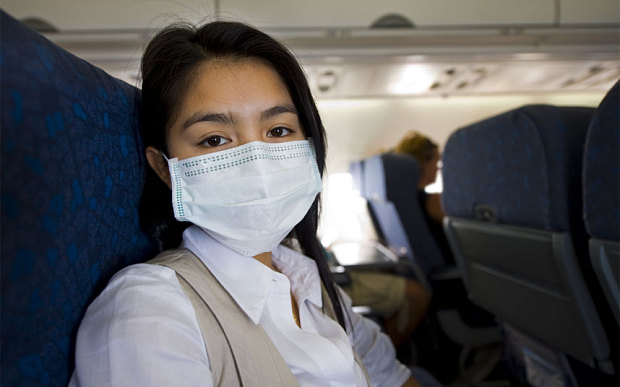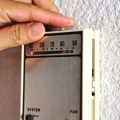Sitting in a cramped environment for many hours isn’t a natural condition for any person. There will be increased risks that we will need to consider. As an example, the plane can be incredibly cold and we need to be fully prepared for this kind of condition. It is quite possible that we will have reduced physical conditions after undergoing long hours inside the airplane. Spread of flu and cold can be more intensified in the airplane, because hundreds of people are sitting in close proximity and the air is re-circulated. Much of the fungi, viruses, bacteria, dust and small particles can be filtered; but the overall air quality is still lower than what we get in open areas, such as parks.
Cold and flu can spread to people are within two rows from the affected individual, especial if the sufferer sneezes frequently. In order to reduce exposure, we will need to look away when the person sneezes and we should cover our nose and mouth. Our hand should be kept clean and when eating the airplane food; we should use the utensils or paper napkin; instead of touching it directly with our hands. There’s nothing that we can do once the air that we breathe is filled with virus-ridden aerosol released by the sufferer. However, we can still try to improve our immune system, so our body can better protect itself against viruses.
Using liquid soap and water is still the best way to remove bacteria and even viruses; because the mechanical actions of rubbing and rinsing our hands will remove those germs. However, because we can’t do this easily in an airplane; it is a good idea to choose alcohol-based sanitizer. In this case, we will still be able to kill much of the bacteria. Unfortunately, sanitizers can’t kill viruses so our best bet is to vigorously rub our hands with a wet paper napkin, so much of the viruses can be transferred to the napkin along with traces of organic materials, such as someone’s dried mucus that we accidentally touch. Although virus can’t be killed with chemical-based products, hand-washing till go a long way toward allowing us protected.
Low humidity plays a factor in making flu more likely to spread. As an example, when the humidity level gets low enough cilia in our upper respiratory system will stop to work effectively and our mucus will get thicker or dry completely. This will make it easier for us to get sick. In this case, we should try to get properly hydrated. With enough water, our mucociliary system can become more efficient and so is our immune system. It is advisable to drink small sips of water frequently during the duration of the flight. This will give our body a chance to absorb the water and we will be better hydrated for long period of time. Of course, we should also get enough sleep and consume healthier food, at least one week before the long distance flight.

























No Comments
Leave a comment Cancel